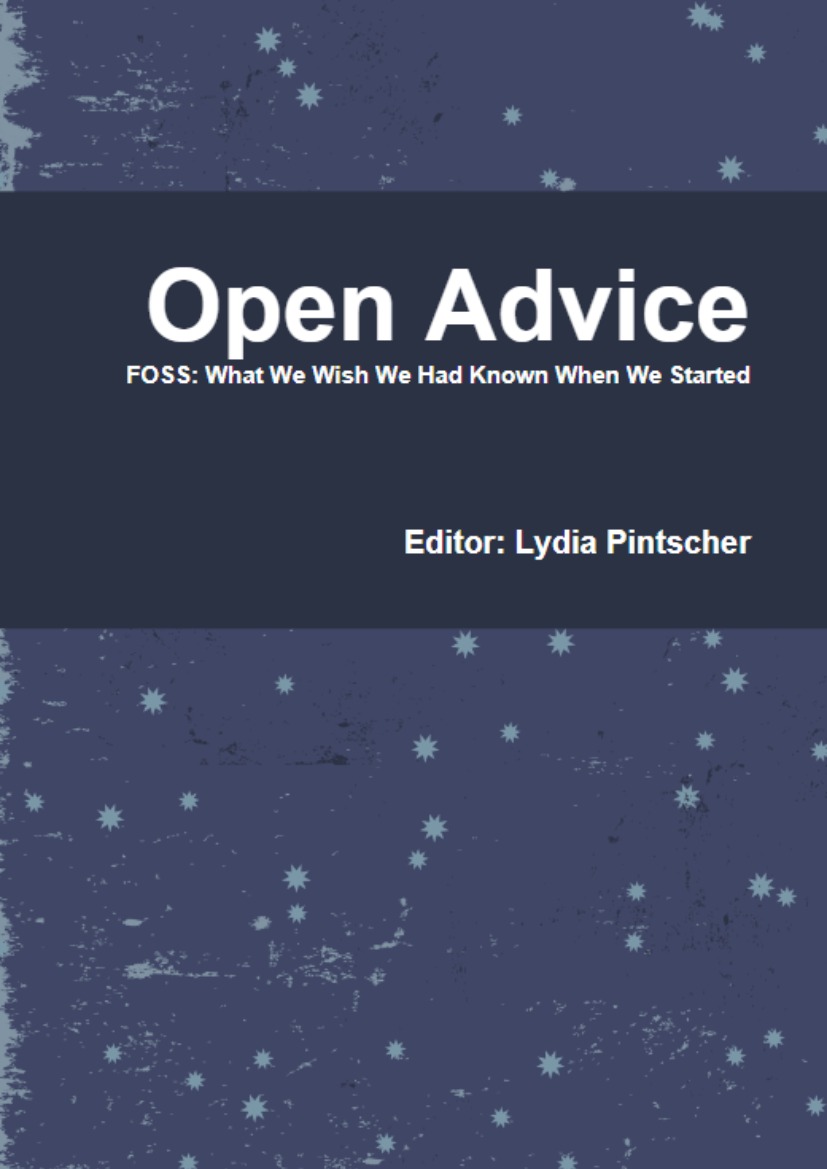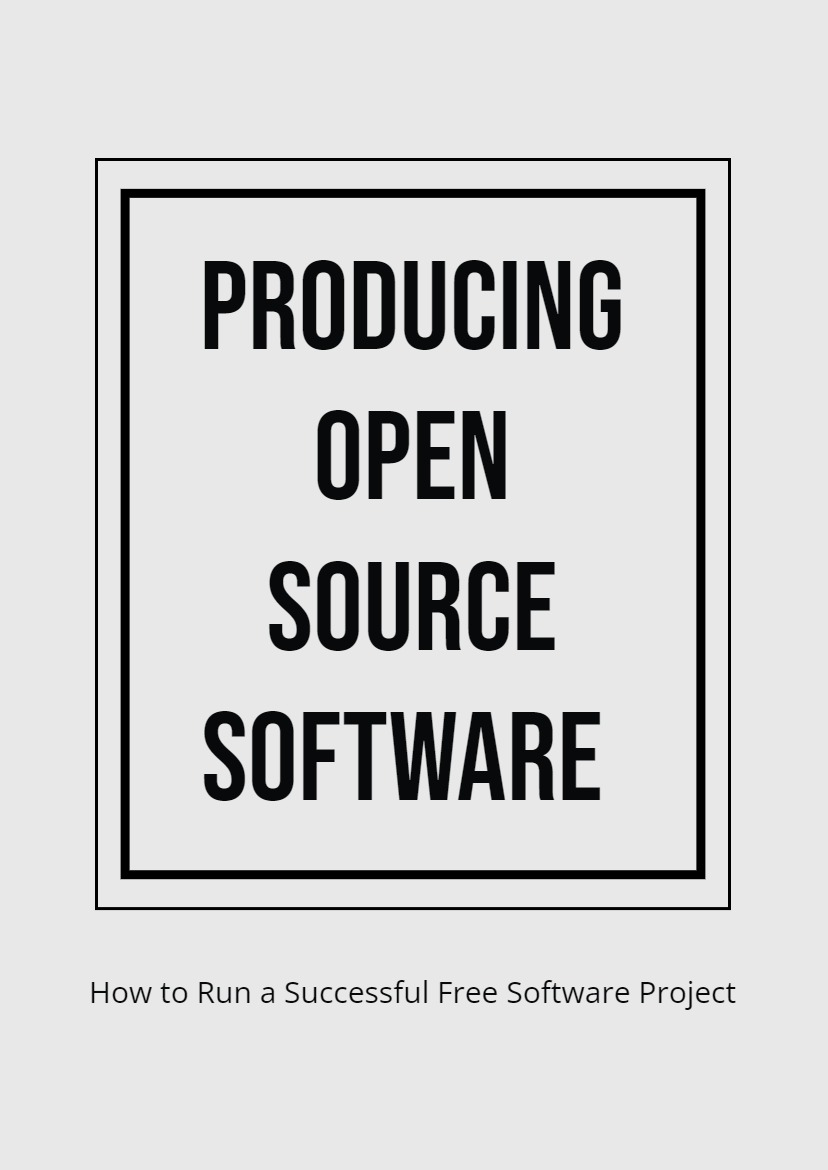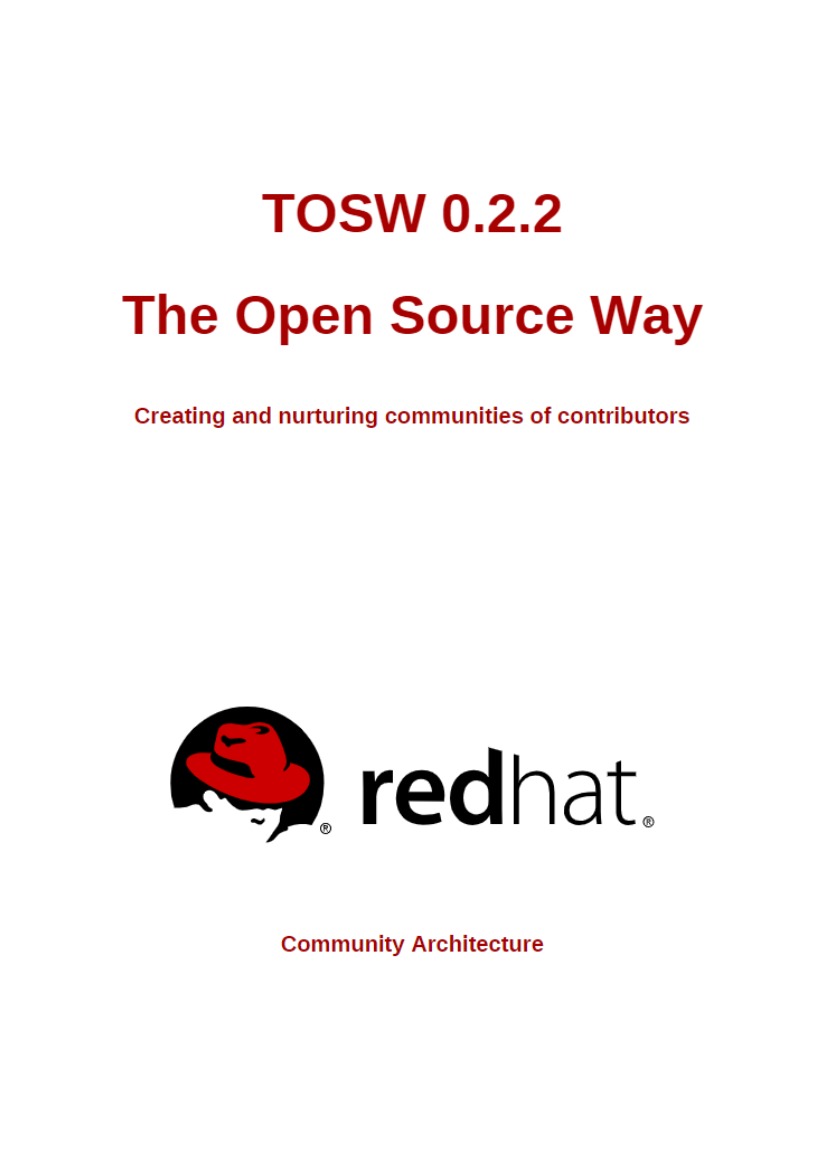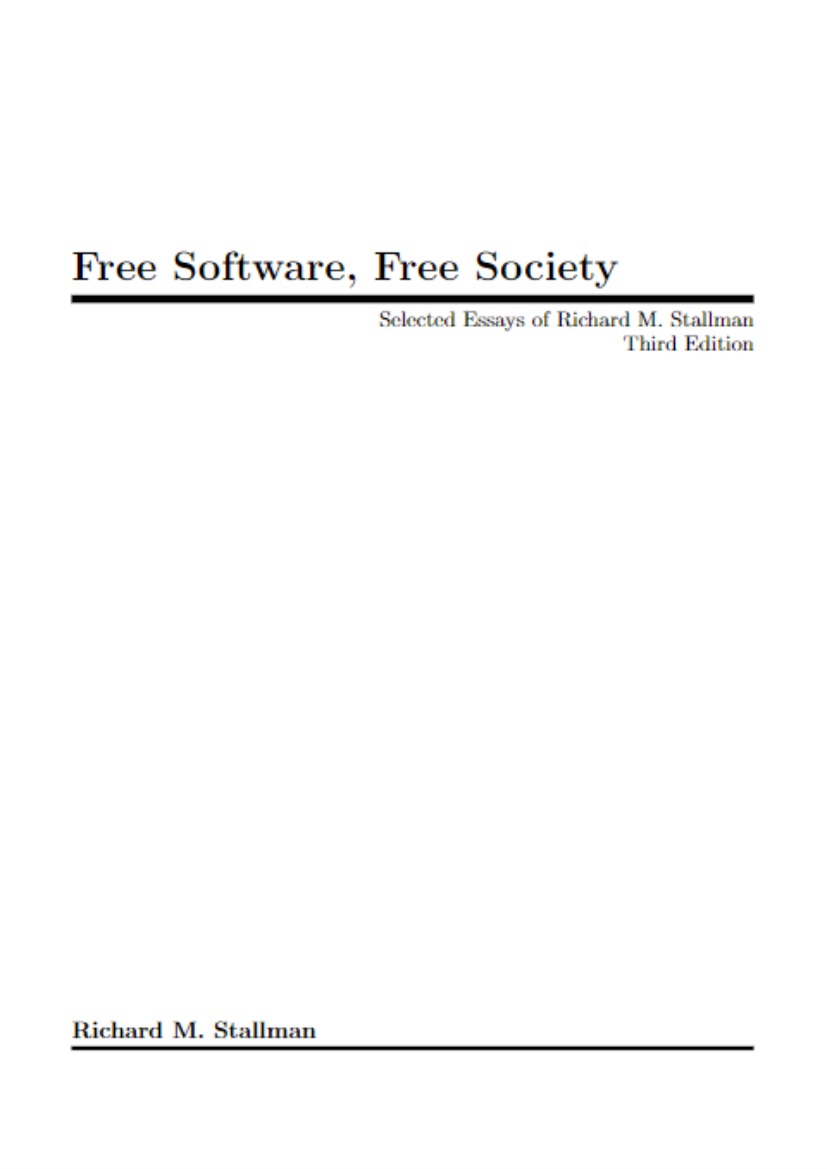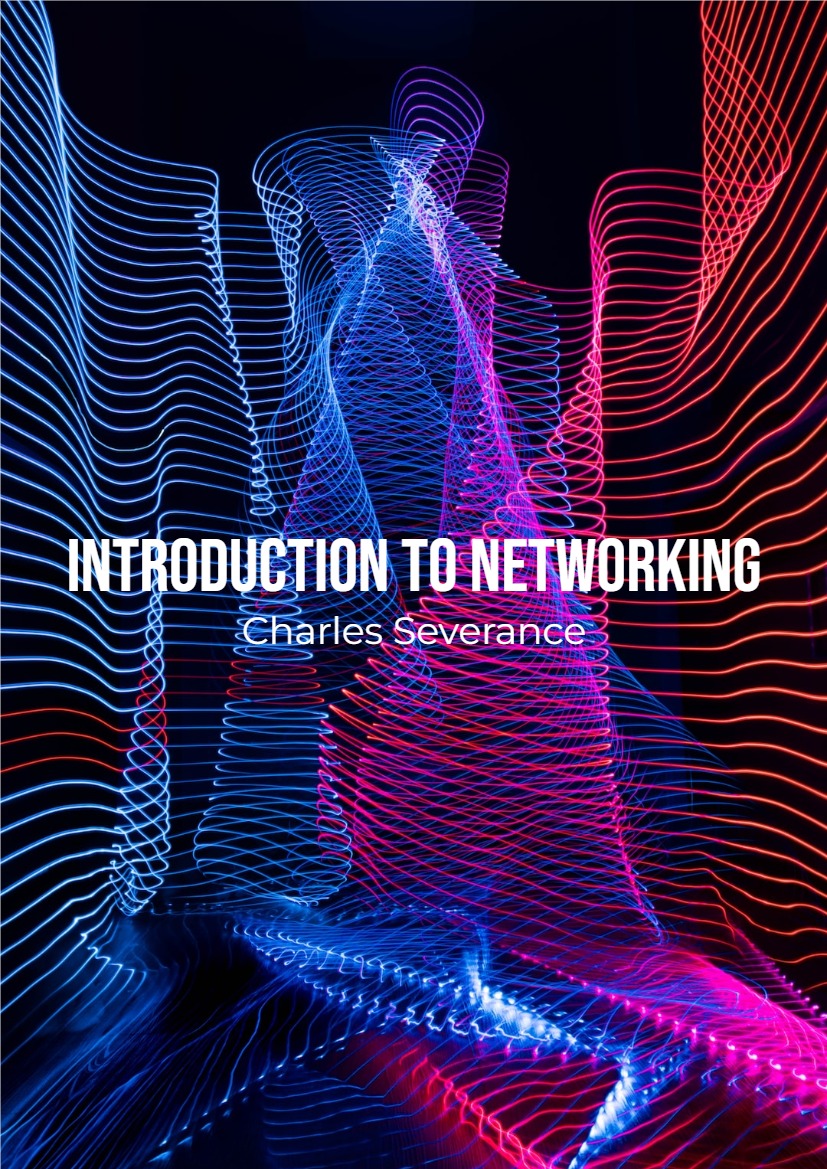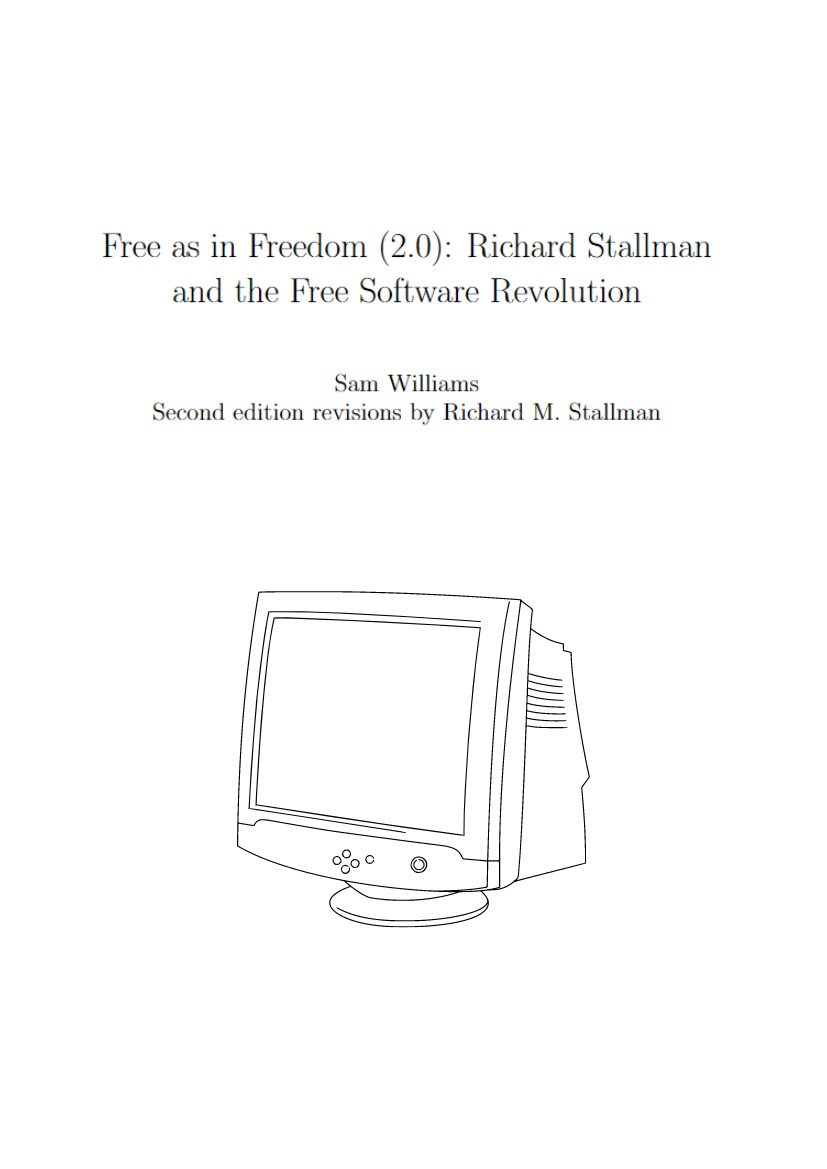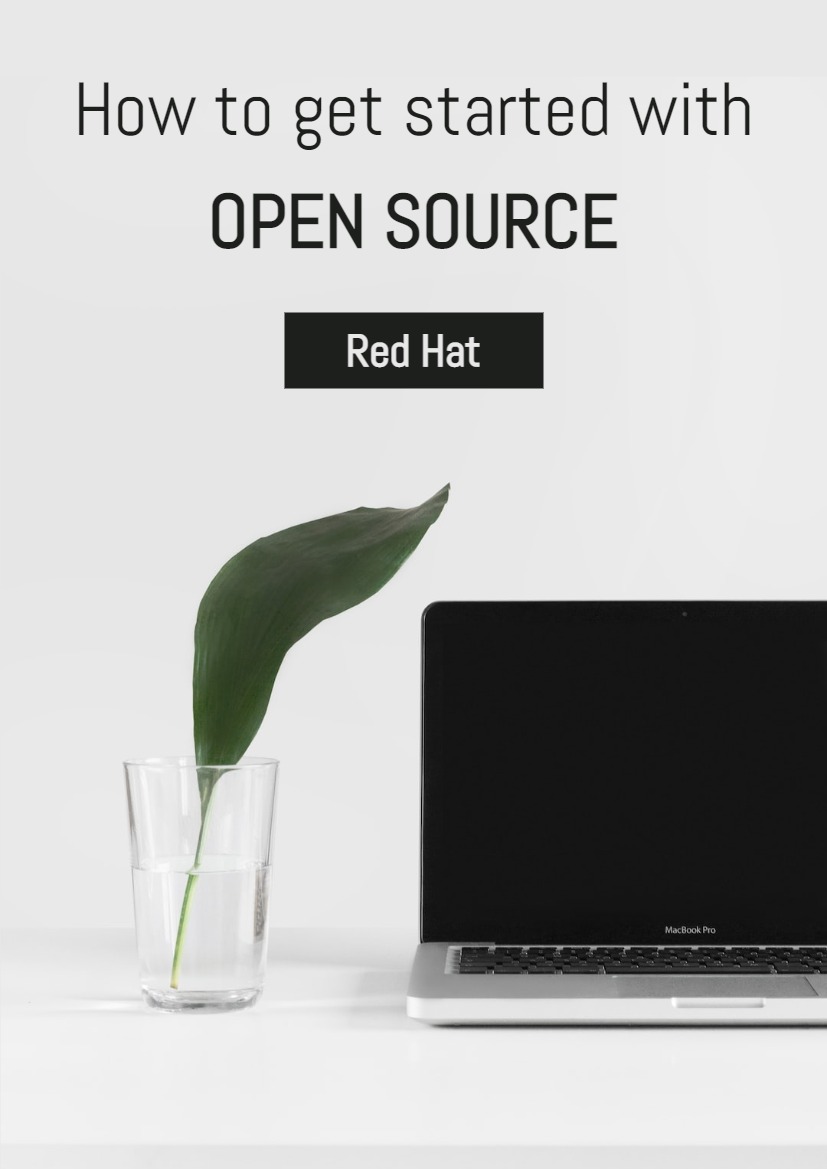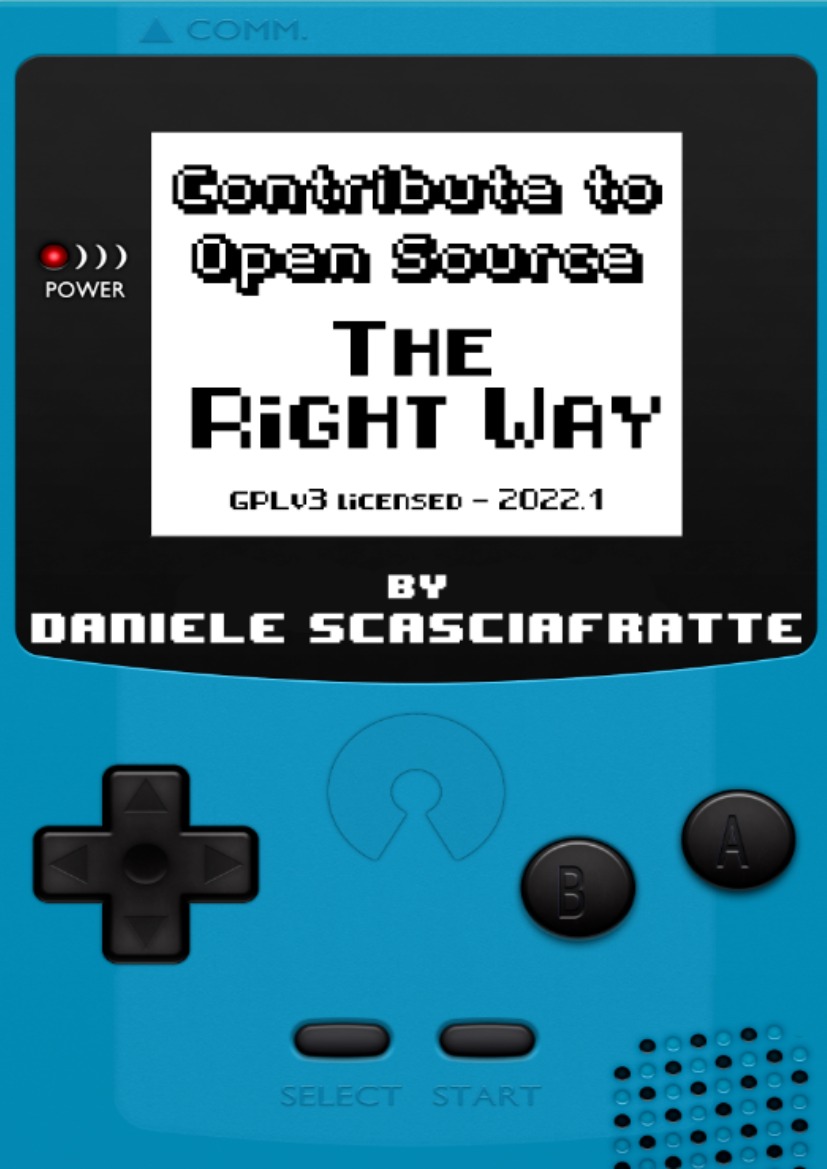Part I – Ideas and Innovation
1. Code First
Armijn Hemel has been using free software since 1994, when his brother came home with a stack of floppies with an early version of FreeBSD. A year later the switch to Linux was made and he has been using Unix(-like) systems ever since then, both at home, during his studies at Utrecht University and at work. Since 2005, Armijn has been part of the core team of gpl-violations.org and has his own consultancy (Tjaldur Software Governance Solutions) specialized in detection and resolution of GPL license violations.
Back in 1999 I was just getting started in FLOSS activism. I had already been using Linux and FreeBSD for a number of years then, but I was merely a user and I wanted to actually contribute some- thing back. The best way I thought for contributing back was to write code. I could not find any existing project I would be comfort- able working on, so I decided to start my own project. In hindsight the reason why I did that was probably a mixture of various things. One factor was insecurity whether or not my code was actually good enough to be accepted in an existing project (I was, and still am, no brilliant programmer) and with your own project that is not much of an issue. The second reason is probably youthful arrogance.
My idea was to make a presentation program, which would fancy more of the advanced (or, annoying, if you wish) features of Power-Point. Back in that time there was no OpenOffice.org and choices were pretty limited to LaTeX and Magicpoint, which are more tailored to delivering text content, than to showing whirly effects. I wanted to make the program cross platform and back then I thought Java would be the best choice for this. The idea was to make a presentation program, written in Java, which would have support for all those whirly effects. I made up my mind and started the project.
Infrastructure-wise everything was there: there was a mailing list, there was a website, there was source code control (CVS). But there was no actual code for people to work on. The only things I had were some ideas of what I wanted to do, an itch to scratch and the right buzzwords. I actually wanted people to join in creating this program and make it a truly collaborative project.
I started making designs (with some newly acquired UML knowledge) and sent them around. Nothing happened. I tried to get people involved, but collaboratively working on a design is very hard (be- sides, it is probably not the best way to create software in the first place). After a while I gave up and the project silently died, without ever producing a single line of code. Every month I was reminded by the mailing list software that the project once existed, so I asked it to be taken offline.
I learned a very valuable, but somewhat painful, lesson: when you announce something and when you want people to get involved in your project, at least make sure there is some code available. It does not have to be all finished, it is OK if it is rough (in the beginning that is), but at least show that there is a basis for people to work with and improve upon. Otherwise your project will go where many many projects, including my own failed project, have gone: into oblivion.
I eventually found my niche to help advance FLOSS, by making sure that the legal underpinnings of FLOSS are tight through the gpl-violations.org project. In retrospect I have never used, nor missed, the whirly effects in presentation programs and found them to be increasingly irritating and distracting too much from the content. I am happily using LaTeX beamer and occasionally (and less happily) OpenOffice.org/LibreOffice to make presentations.
